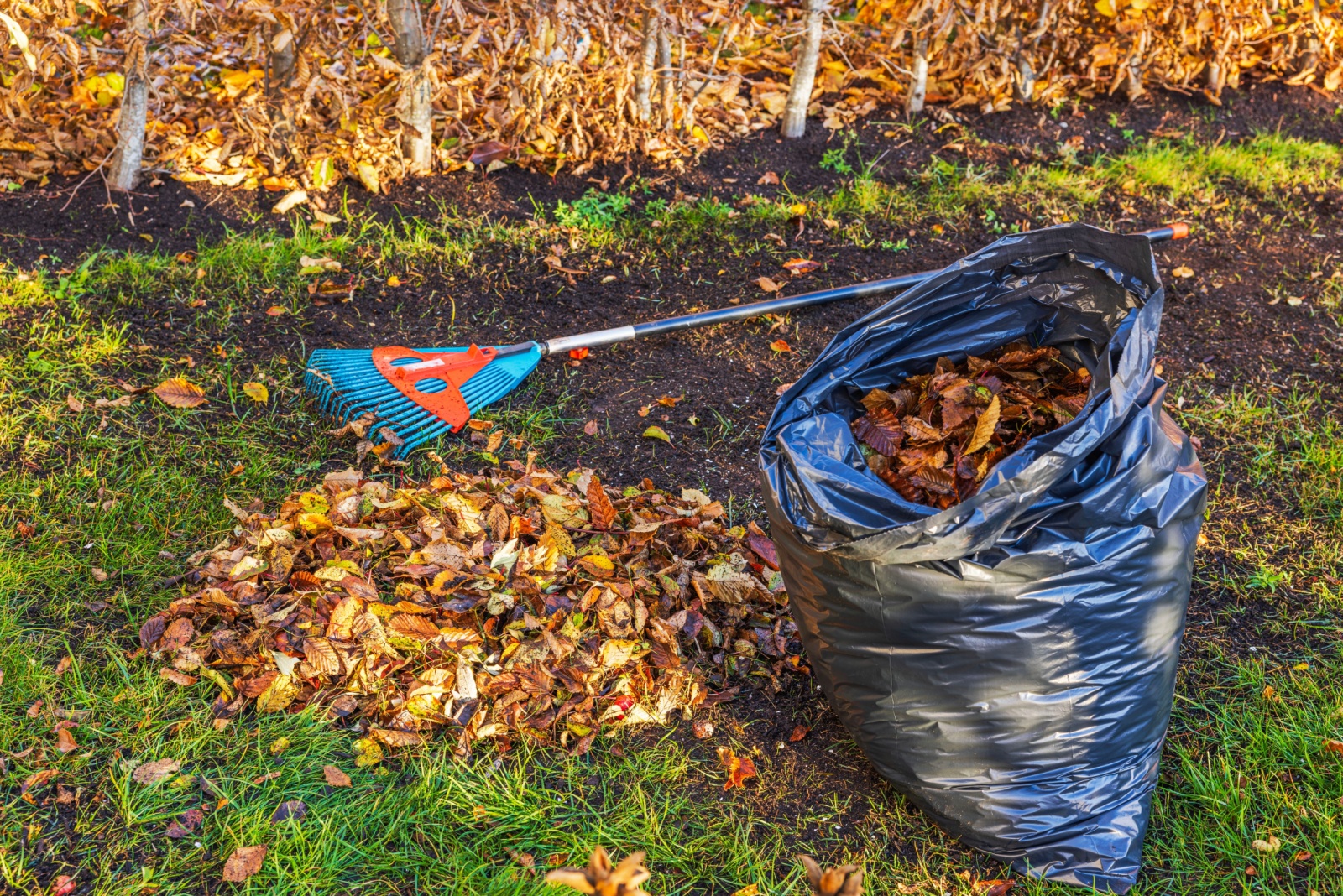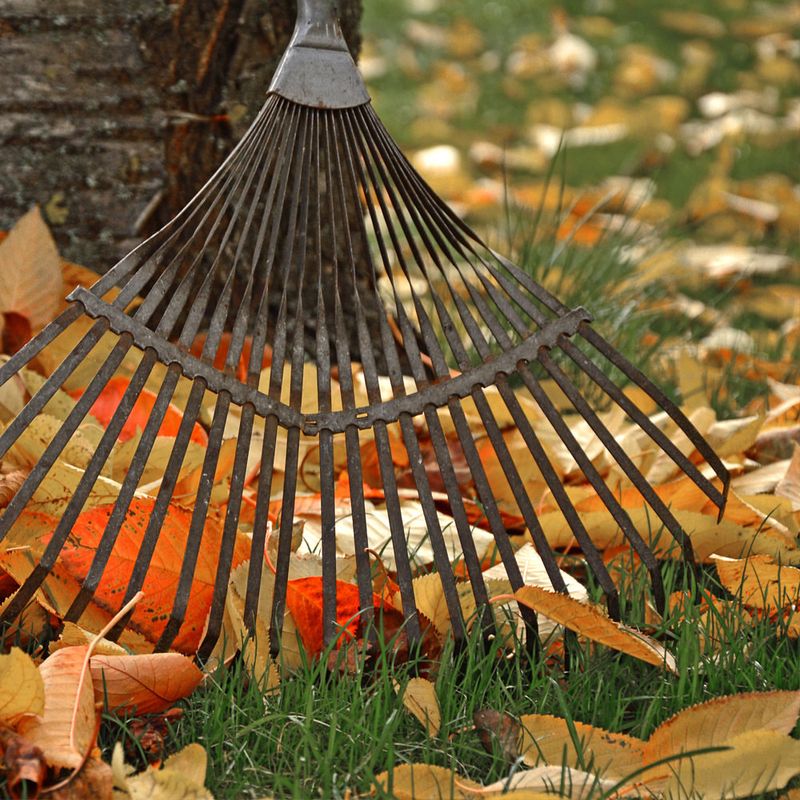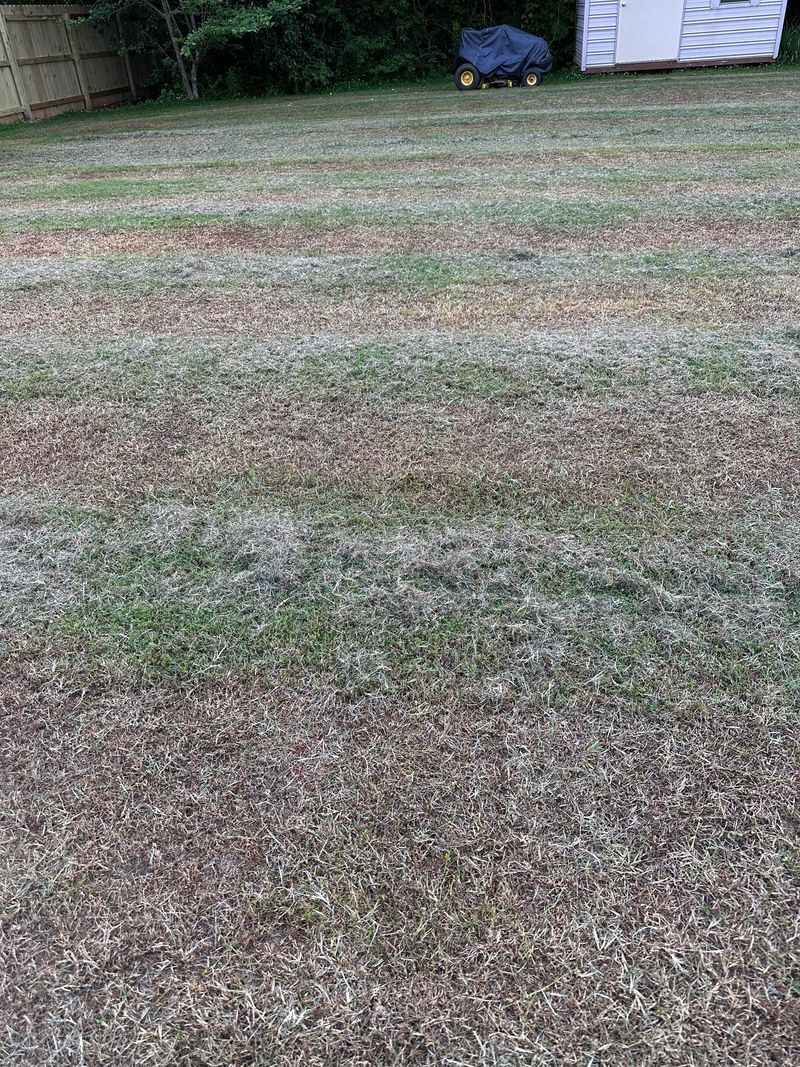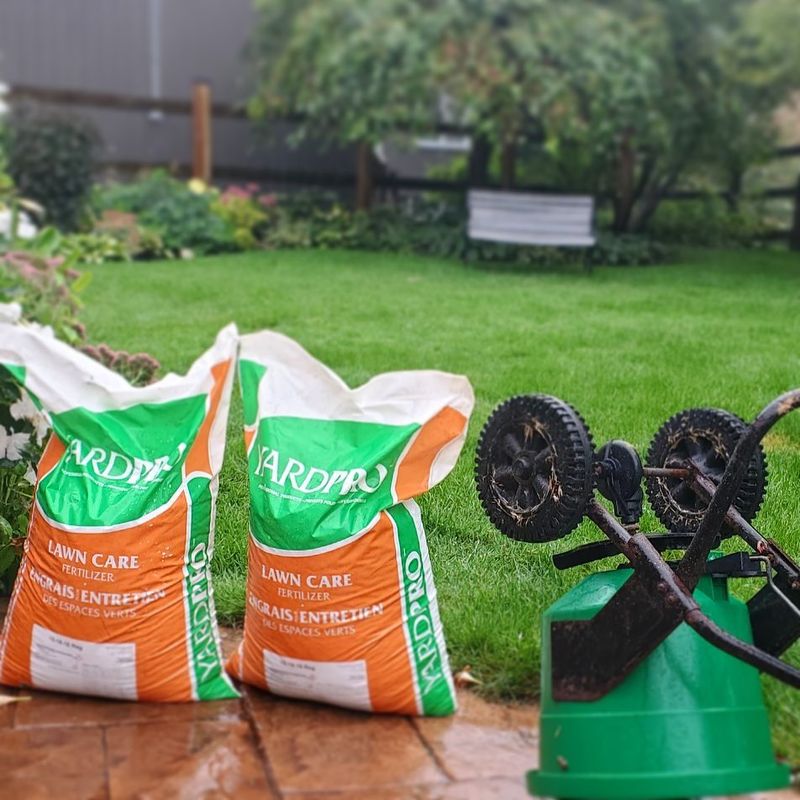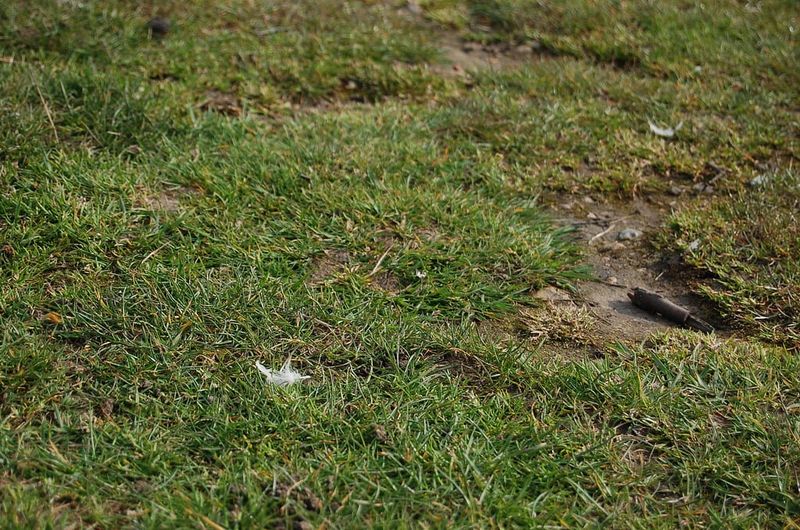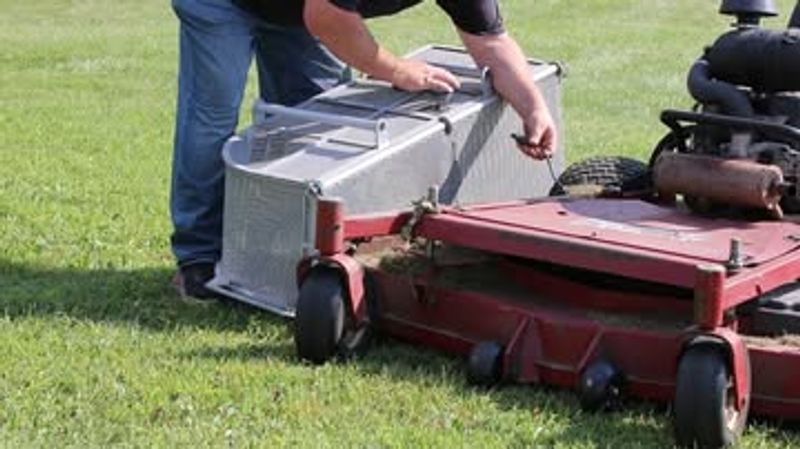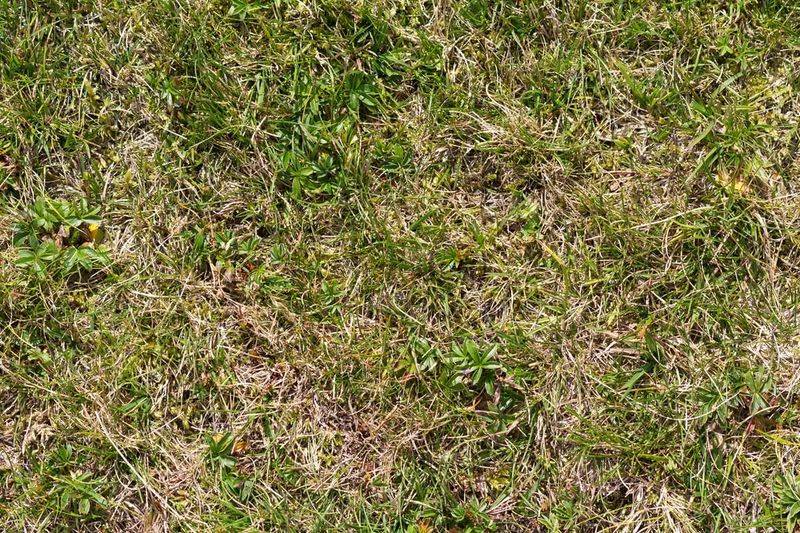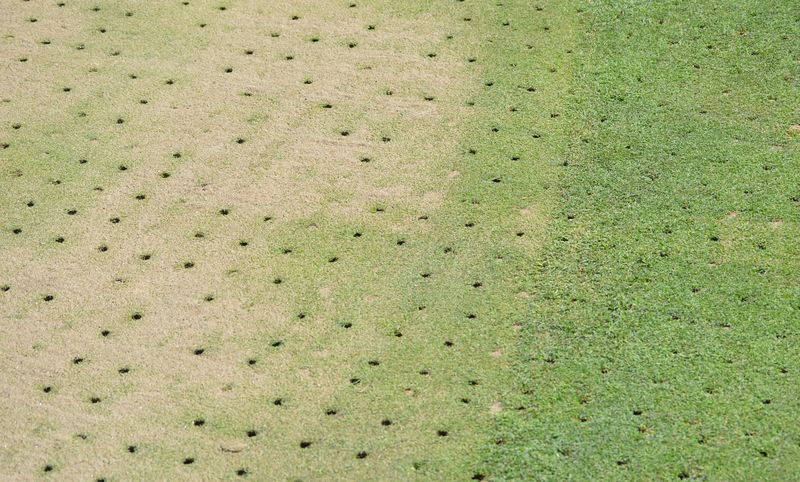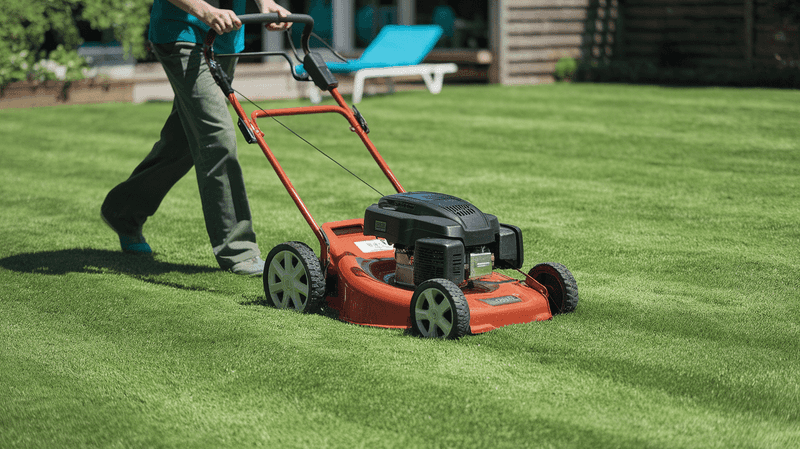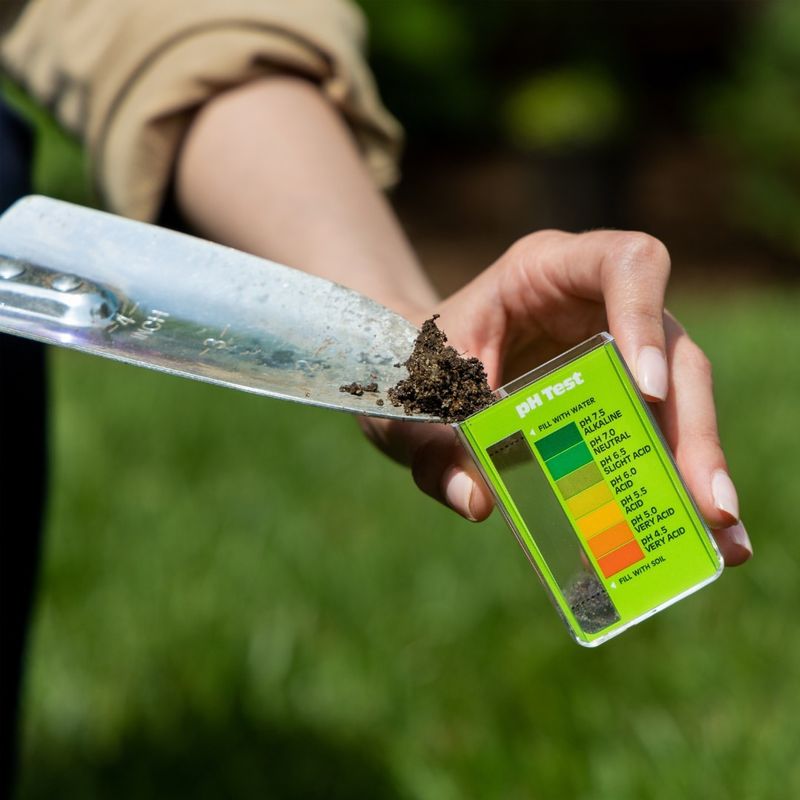Fall in Maryland brings cooler weather and beautiful leaves, but it also brings some serious lawn care challenges. Many homeowners make simple mistakes during autumn that can wreck their grass and create problems that last all winter long.
Knowing what to avoid can help you keep your yard healthy, green, and ready to bounce back strong when spring arrives.
1. Waiting Too Long To Rake Leaves
Letting leaves pile up on your grass might seem harmless, but it actually suffocates your lawn. A thick blanket of wet leaves blocks sunlight and traps moisture, creating the perfect environment for mold and fungus to grow.
Your grass needs light and air even in fall to stay healthy. Rake regularly throughout the season instead of waiting until every single leaf has fallen.
Maryland’s damp autumn weather makes this problem even worse, so stay on top of it.
2. Cutting Grass Too Short Before Winter
Many Maryland homeowners scalp their lawns in fall, thinking shorter grass means less work. Wrong! Cutting your grass too short weakens the roots and makes your lawn vulnerable to winter stress and disease.
Grass that’s too short can’t protect itself from freezing temperatures or store enough energy to survive. Keep your mower blade set to about three inches for the last few cuts of the season.
Taller grass stays healthier and comes back stronger in spring.
3. Skipping Fall Fertilization
Fall is actually the most important time to fertilize your lawn, but tons of people skip it completely. Grass roots keep growing even after the top stops, and they need nutrients to build strength for winter.
A good fall fertilizer helps your lawn store energy and recover from summer stress. Apply a slow-release fertilizer in late September or early October for best results.
Your grass will thank you with thick, lush growth when warm weather returns.
4. Ignoring Bare Patches And Thin Areas
Bare spots don’t magically fix themselves over winter—they actually get worse. Fall is the perfect time to overseed thin areas because the soil is still warm and there’s plenty of moisture.
Weeds love to move into empty spaces, so filling them now prevents bigger problems later. Rake the bare spots, spread grass seed, and keep the area moist until the new grass establishes.
Maryland’s cool fall temperatures create ideal conditions for seed germination.
5. Leaving Lawn Equipment On The Grass
Toys, furniture, and equipment left sitting on your lawn create dead spots that won’t recover until spring. Even a few days can kill the grass underneath by blocking light and crushing the blades.
Kids’ toys, patio chairs, and lawn decorations are common culprits. Make it a habit to clear everything off your Maryland lawn regularly, especially before leaves start falling.
Those ugly brown rectangles you see in spring? They started with something sitting there all fall.
6. Overwatering As Temperatures Drop
Grass needs much less water in fall than summer, but people often keep the same watering schedule. Maryland gets plenty of rain in autumn, and overwatering creates soggy conditions that encourage disease.
Fungus thrives in wet, cool weather, and too much moisture weakens grass roots. Check rainfall amounts and only water if your lawn actually needs it—usually no more than once a week.
Adjust or turn off automatic sprinkler systems to match seasonal needs.
7. Forgetting To Aerate Compacted Soil
Summer foot traffic and heavy Maryland rain compact your soil, making it hard for air, water, and nutrients to reach grass roots. Fall aeration punches small holes in the ground, giving your lawn room to breathe.
Compacted soil causes weak, shallow roots that can’t handle winter stress. Rent an aerator or hire a service to do the job in early fall.
Your grass will develop deeper, stronger roots and look dramatically better next year.
8. Using The Wrong Mowing Pattern Every Time
Mowing in the exact same direction every single time creates ruts and causes grass to lean one way. Your mower wheels compact the soil in the same spots repeatedly, creating weak strips.
Change your mowing pattern each time you cut—go horizontal one week, vertical the next, then diagonal. Varying your pattern helps grass grow upright and prevents soil compaction.
It’s a simple trick that makes a noticeable difference in how your Maryland lawn looks and performs.
9. Not Testing Soil pH Levels
Maryland soil tends to be acidic, and most homeowners have no idea what their pH level is. Grass struggles in soil that’s too acidic or alkaline, no matter how much you water or fertilize.
A simple soil test tells you exactly what your lawn needs to thrive. Fall is an excellent time to test and adjust pH because amendments have all winter to work.
Adding lime can correct acidity and dramatically improve your grass’s ability to absorb nutrients and grow thick.

